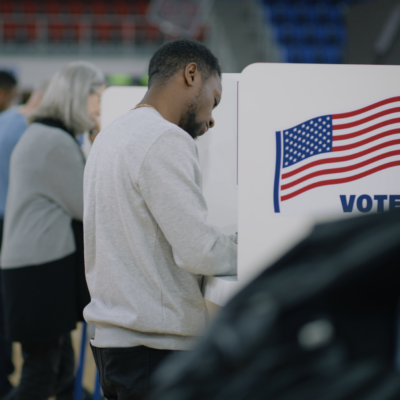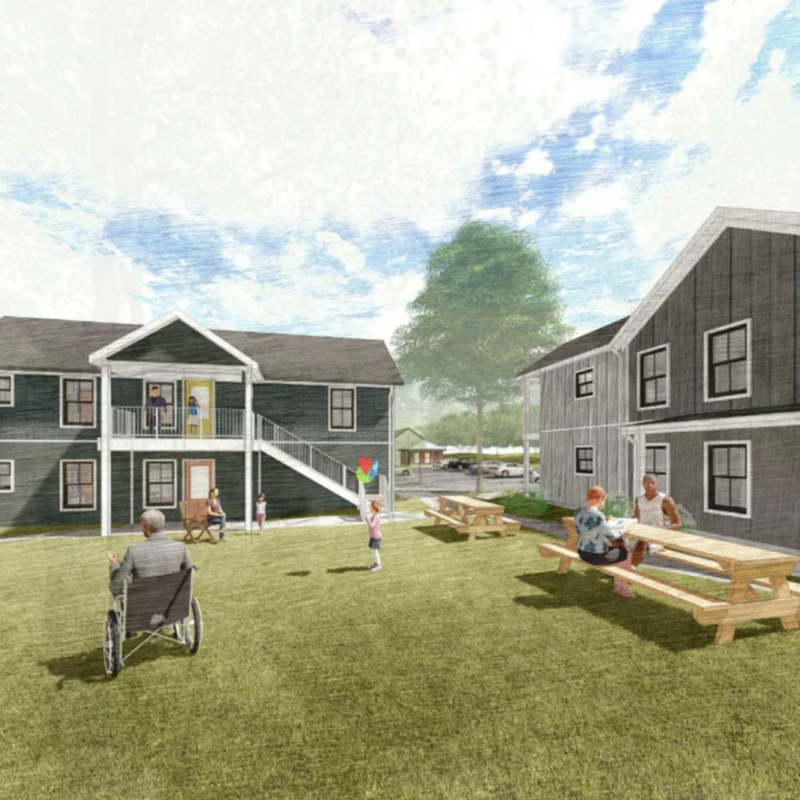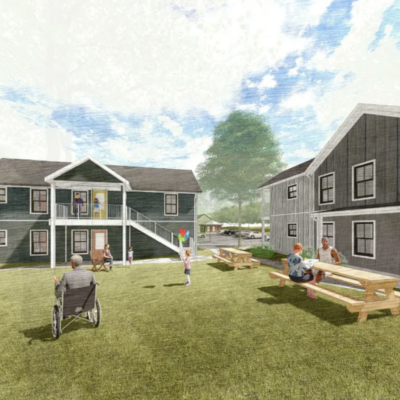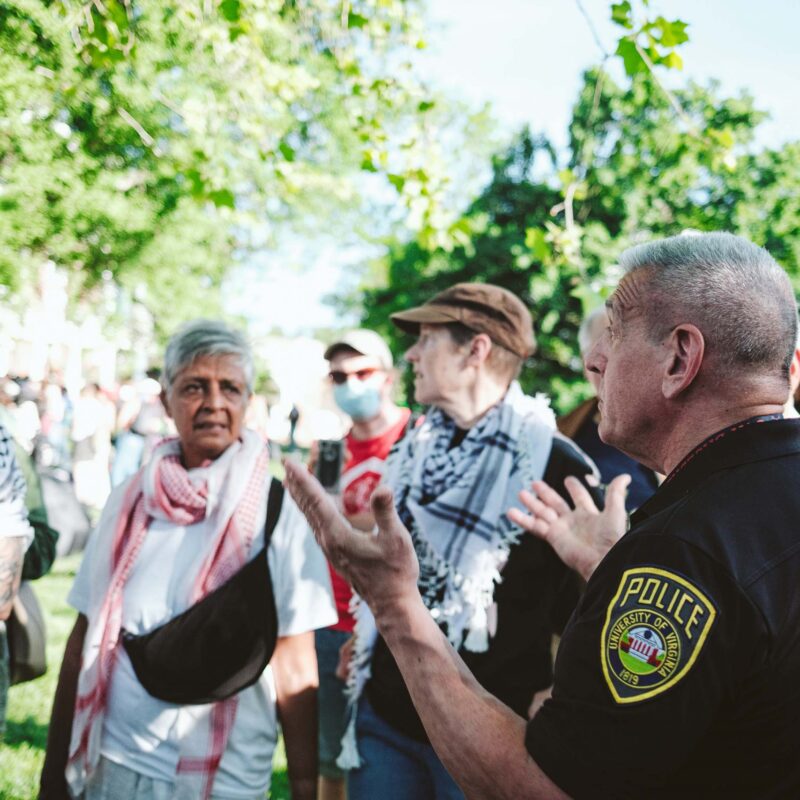|
READ MORE FROM OUR INAUGURATION FEATURE • QCC hails our Organizer in Chief • Barack in the John Paul Jones • What your dreams of Obama say about you • How C-VILLE’s arts guy spent 48 hours covering Obama’s inauguration |
It’s no secret that everyone (including this noble weekly) has tried to cash in on the inauguration of Barack Obama. Yet though I didn’t linger over the Obama soda pop display at Giant nor purchase online a “Party Like a Barack Star!!” thong for my significant other, one bit of inaugural salesmanship did get my attention—a simple flier from the home of James Monroe.
“A Dream Fulfilled: Celebrate Martin Luther King, Jr. Day and Inauguration Day at Ash Lawn-Highland,” read its headline. Translation: “Honor the first black president by hanging out at the house of a white slave owner.”
Don’t get me wrong: I love the dead president tourist industry just as much as the next guy. I always take parents, friends and uninvited guests to Monticello. Moreover, I feel bad for ol’ Monroe, who in life and in death has to play third fiddle to Thomas Jefferson and James Madison.
But tell me again why I should visit his house to honor the birthday of America’s most acclaimed Civil Rights leader and the inauguration of a man whom Monroe would have wanted to ship “back to Africa”? Since Ash Lawn had the sense to schedule A Dream Fulfilled for the long weekend leading up to Tuesday, and not on Inauguration Day itself, I trekked out to find an answer.
The only overt one provided me by Ash Lawn’s special edition tour was that Monroe and Obama both were elected president, connecting them through inaugural facts. Our guide mentioned that Monroe was the first president to have his inauguration outdoors (Obama’s inauguration was outdoors!). He was the first president serenaded by the Marine Corps band (just like Obama was!).
| What: “A Dream Fulfilled: Celebrate Martin Luther King Jr. Day and Inauguration Day” Where: Ash Lawn-Highland When: Saturday-Monday, January 17-19 |
After my tour group, which consisted of two families from Virginia checked out some historic French empire design furniture (a few pieces of which are still in Washington if the Obamas want to use them), we met an elderly James Monroe, impersonated by the able Dennis Bigelow. Pretending it was the winter of 1829 with Andrew Jackson about to be inaugurated, Bigelow-as-Monroe rambled about his own inauguration, his wife and his distrust of the populist Jackson.
I asked the fifth president what he made of Obama’s election. But Bigelow prattled on instead about the tough times America’s been through—the war of 1812, the financial panic of 1819, a flooded Mississippi River.
“What am I trying to say to you?” rattled Monroe. “We must not be timid feeders on the lagoon. We need a leader who understands the difficulties we have come through.”
I tried a different tack and asked him about the issue of slavery.
“Slavery is a great evil, but it has a commercial purpose,” said Monroe. He quoted Jefferson, who said that a white and black society can’t live side by side, and lamented his own failed colonization plan in Liberia.
“We have done much, but we have failed with regards to slavery. We live with our hypocrisy with the hope that your generation will find an answer.”
 |
“Monroe” led us out of the house and into a spartan classroom, where an Ash Lawn employee, Alison Wood, sprinted through an eight-minute PowerPoint presentation on the Civil Rights movement from 1776 to the present. It was quick and dirty, but Wood did her best to cram home the important lesson that the journey to civil rights wasn’t a constant, arduous march, but one with interludes, like the Revolutionary War and Reconstruction, when Americans had the choice of ditching race as a divisive issue. At each juncture, as we know, Americans chose otherwise.
Despite its value, the hurried presentation was an odd interlude in the tour. We had just been regaled by a president whose accomplishments included fighting in the Revolutionary War, building lots of forts, and simultaneously serving as secretary of state and war—hardly a resume that complements a master of nonviolent protest and a community organizer turned politician. I wanted to ask Wood about the connection between Monroe and civil rights, but Monroe was at the door, whisking us out and another group in.
He took us up to the last stop, a demonstration of open hearth cooking conducted in a replica of Monroe’s original slave quarters. The room wasn’t very big—roughly 10′ by 12’—but it represented the median-sized dwelling of an American family at that time, according to the tour. An extended family of slaves had lived in it until Jefferson chided Monroe that he was spoiling them. So Monroe shuffled the slaves off to a lesser hovel and converted the building into a guesthouse.
As a historical interpreter amiably demonstrated how to cook with a dutch oven, she mentioned that spices were so valuable that slaves weren’t usually trusted with them. To get a pinch of cumin for the drop biscuits, a black worker had to fetch Mrs. Monroe, who would unlock the cabinet and dole out the precious powder.
The health code kept us from sampling the drop biscuits, and the tour was over.
I wandered into the gift shop, and turned over the lessons from Ash Lawn until finding one I was content to go home with: To a man Monroe wouldn’t have trusted with the keys to his spice cabinet, we the people have given the keys to the White House.
The next day, Obama addressed the multitude: “I say to you that the challenges we face are real, they are serious and they are many. They will not be met easily or in a short span of time. But know this America: They will be met.”
Even, I suppose, if it takes several hundred years.





